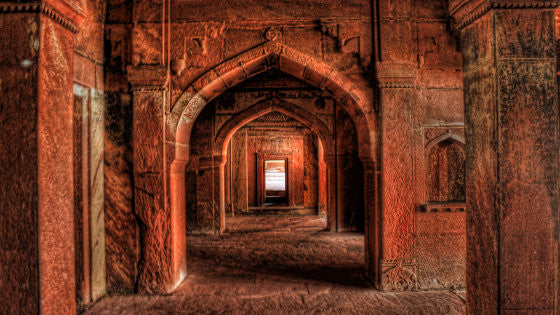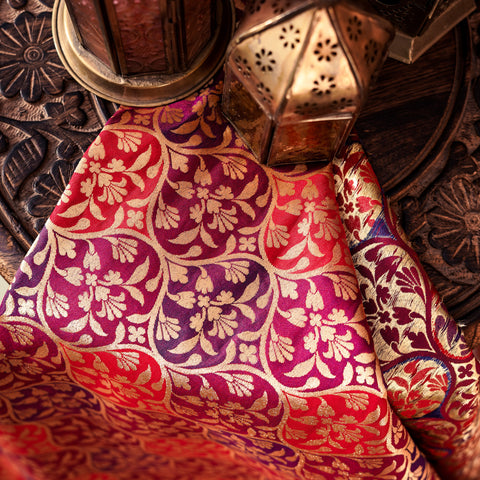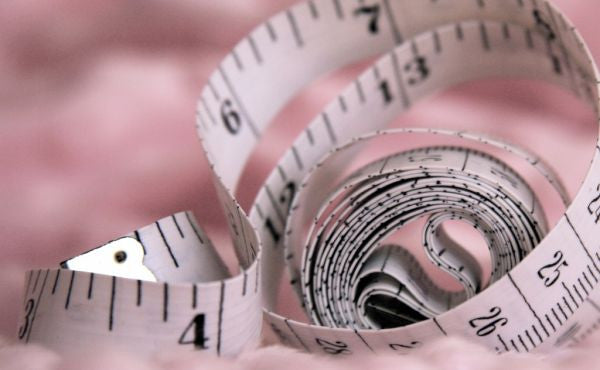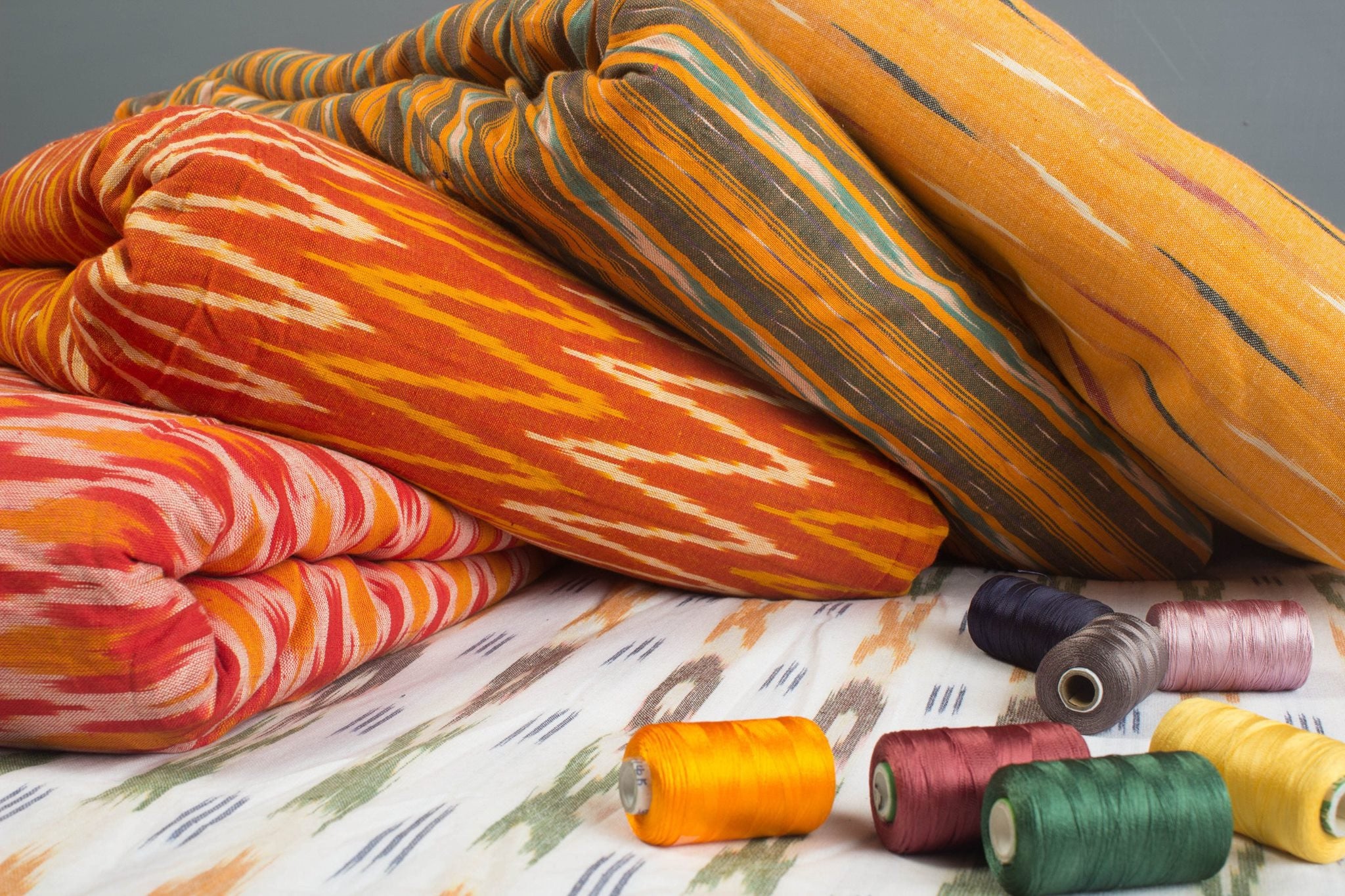Known as the “gunpowder empire”, the Mughal Empire was founded by the Mongol leader Babur in 1526 after triumphing the first battle of Panipat. The heartland of the empire was located in the northern Indian Indus-Gangetic plains around the cities of Delhi, Agra, and Lahore.

Overshadowing a rather belligerent rule of Mughals, the era had deep impact on art and culture and their footprints continue to influence genres of art, music, literature, cinema, and architecture till date.
Like any other imperial empire, Mughals apparently emphasized on creating architecturally colossal monuments, forts and palaces marked by intricate carvings and palatial gardens in all of their edifices deeply inspired by Persian art and culture. In fact, Mughal dynasts had a thing for splendid and geometrically well aligned gardens full of flowers, creepers and fountains. And the impact has been quite multifaceted.
Mughal Textiles - An exemplification of luxury and royalty
Mughal textiles were woven in strands of richness and class. Along with Silk, Tus (wild goat’s hair) and Pashmina, light and warm wool dominated the Mughal textile era. The ever so admired Pashmina shawls have been worn by the royals and the elites of the region for centuries.
The silk of that time was finely embellished with zari yarns and lace. From mid-seventeenth century onwards, floral motifs flooded the Mughal design patterns which till date are celebrated amongst the designer community.
Mughal Gardens - A quintessence of artistry
 Mughals’ heritable attributes clearly reveal their love for landscapes and constructions. Most of their creations were guided by a pre-defined layout, inspired by nature and Mughal courts. Their beautiful gardens (jaharana) represented a feel of heaven on earth, emanating the sanctity of nature which continues to be an impressive part of their heritage. Carrying over their Persian influence in architecture, the gardens were groomed to include pools, fountains, and canals.
Mughals’ heritable attributes clearly reveal their love for landscapes and constructions. Most of their creations were guided by a pre-defined layout, inspired by nature and Mughal courts. Their beautiful gardens (jaharana) represented a feel of heaven on earth, emanating the sanctity of nature which continues to be an impressive part of their heritage. Carrying over their Persian influence in architecture, the gardens were groomed to include pools, fountains, and canals.
Mughal Clothing – Imbued with splendour and panache
Mughal Chogha worn by the men of that time, while classic Anarkali, churidar and Farshi were worn by the women.
Persian Inspiration
From crafts to wall paintings, buildings to gardens and clothing to music; Mughals were greatly inspired by the Persian culture. Be it the rich plum embroidery or designs of birds such as the Nightangle; the dense embellishments, geometrical and floral motifs seen extensively in the Mughal art are all an illustration of the Indo-Persian ties.
Modern Era – Sublime Revival of the Mughal Culture
Abstracting cues from the Mughal era, designers are continuously experimenting and improvising this regal heritage for their collections. From the Chashme Shahi Collection by Tarun Tahiliani to Romance of the Mughals Collection by Poonam Bhagat & many more like Sabyasachi Mukherjee, Anita Dongre have taken inspiration for their collection from the Mughal art & culture.

Heavy embellishments, bold and classic dark shades, Zari weaves & embroidery make the Mughal motifs even more beautiful & exemplify the grandeur and luxury of the Mughal period.
Design Your Own
The Mughal Designs are versatile enough to suit your casual as well as occassion wear. Be it a saree, suit, indo-western dress, skirt or anything you desire.
Taking inspiration from the intricate Mughal architecture and design, our Mughal prints dipped in vibrant colors and flecked with classic floral motifs have hit the top in our best seller list. Ignite that spark of royalty in you with these elaborate prints on Cotton, Chanderi, Silk and shine with royalty in upcoming festivities.
Don't forget to share your look with us at ![]() and
and ![]()







